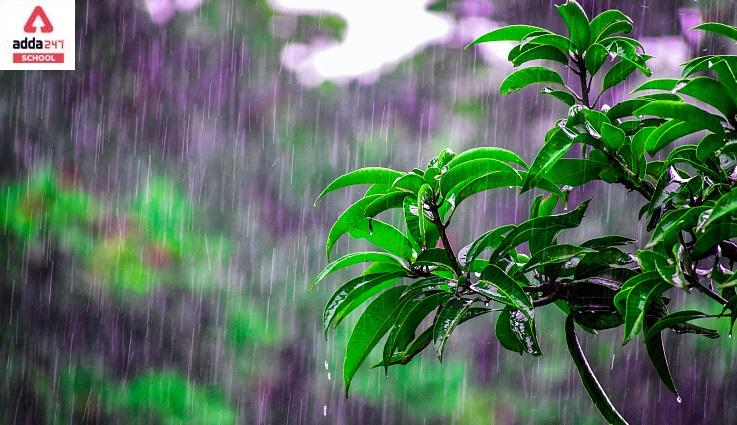Monsoon Season Means
All Monsoon Season is discussed here. The term “monsoon” was originally used to describe seasonal changes in atmospheric circulation and precipitation associated with the annual latitudinal oscillation of the Intertropical Convergence Zone. The term monsoon usually refers to the rainy phase of a periodically shifting cycle, though there is also a dry phase. In some cases, the phrase is also used to denote locally heavy but brief rainfall.
When the summer monsoon season begins, nations in South Asia such as Bangladesh, Bhutan, India, Nepal, Pakistan, and Sri Lanka may suffer heavy rainfall, which could result in flooding. The monsoon doesn’t emerge immediately; it takes several days of pre-monsoon showers to build up. Then comes a time of heavy rain and storms. The rainfall pattern then stabilises and lasts for a few hours each day. Rain is unpredictably unpredictable, and a sunny day might quickly morph into a torrential downpour. Flooding can be exacerbated by the volume of water from the downpour.
Read About Special Economics Zone
Monsoon Season of India
The word monsoon has an etymology that isn’t entirely clear. The English monsoon came from Portuguese monço, which derived from Arabic ‘mawsim’. According to some beliefs, it has been taken partly via early modern Dutch ‘Monson’.
cloudburst, deluge, downpour, and storm are not exact but near-synonyms of ‘Monsoon’.
The monsoon is predicted to start around the first of June and last around the end of September. Due to the geology of the Indian Peninsula’s southernmost tip, moisture-laden winds split into two branches; the Arabian Sea Branch and the Bay of Bengal Branch.
The Arabian Sea Branch of the Monsoon arrives first in Kerala, India’s coastline state, making it the first Indian state to get rain from the monsoon. This monsoon branch flows north along the Western Ghats, bringing rain to coastal areas west of the Western Ghats. Because the wind does not traverse the Western Ghats, the eastern portions of the Western Ghats do not receive much rain from this monsoon.
The Bay of Bengal Branch of the Southwest Monsoon flows over the Bay of Bengal, carrying extra moisture from the Bay of Bengal to north-east India and Bengal. The winds are bringing a lot of rain to the Eastern Himalayas. Mawsynram is one of the wettest places on Earth, located on the southern slopes of the Khasi Hills in Meghalaya, India. The winds shift west after reaching the Eastern Himalayas, passing through the Indo-Gangetic Plain at a rate of around 1–2 weeks per state.
The monsoon is responsible for roughly 80% of India’s rainfall. For crops such as cotton, rice, oilseeds, and coarse grains, Indian agriculture is mainly reliant on rainfall.
City people also enjoy and appreciate the monsoon since it gives relief from the peak of summer heat in June. Every year, however, the roads take a beating. A lack of municipal infrastructure combined with shifting climate patterns results in significant economic losses, including property damage and deaths. During this season, major floods are common in certain parts of India, such as Assam and West Bengal.
Read About PMJDY Full Form
Monsoon Session of Parliament
A session of the Parliament is the period during which the two Houses of the Parliament of India, meet to conduct business. The President is authorised under the Constitution to convene each House at such times that there is no more than a six-month break between sessions. As a result, the Parliament is required to assemble at least twice a year. Every year, the Indian parliament holds three sessions: Budget, which runs from February to May, Monsoon, which runs from July to September, and Winter, which runs from November to December.
| CBSE Full Form | ICSE Full Form |
| CEO Full Form | SOP Full Form |
| AM PM Full Form | ACP Full Form |









 Try CUET College Predictor 2025 to Predi...
Try CUET College Predictor 2025 to Predi...
 CUET Result 2025 OUT (Today) @cuet.nta.n...
CUET Result 2025 OUT (Today) @cuet.nta.n...
 Why the Delay in CUET UG 2025 Results? C...
Why the Delay in CUET UG 2025 Results? C...









